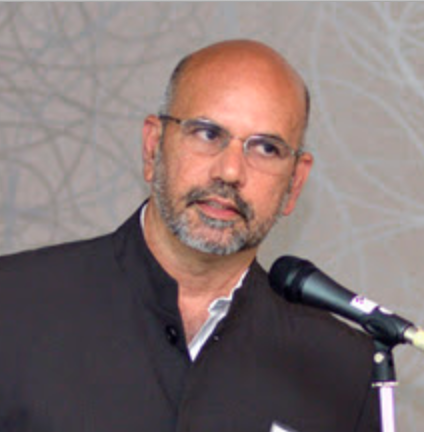Bio
I grew up in four very different countries across three continents, reading widely in fiction and science, and that influences my approach to life, teaching, mentoring, research, and scholarship. I went to college to study economics as a rigorous approach to human behavior, but shifted to mathematics, because that provided a language to study intricacies that were beyond words. In grad school at University of Chicago I started by studying behavioral decision making with Hillel Einhorn, but was seduced by understanding the neural circuits of visual perception, and was lucky to learn from Joel Pokorny, Vivianne Smith, Hugh Wilson, Steve Shevell, Ray Guillery, Eric Schwartz, Phil Ulinsky, Jack Cowan, Stephen Monsell, Lance Rips, Rick Schweder and Leo Kadanoff. A post-doc with John Krauskopf in Bela Julesz's group at Bell Labs introduced me to innovative thinkers in many areas who were changing the world with basic research. I am still trying to live up to their standards.
I set up my first lab as Assistant and Associate Professor at Columbia University to use the then new technology of computer generated stimuli to study basic processes of color and motion perception. Don Hood, Vivian Greenstein and Robert Rich provided the impetus and resources to use some of these methods to understand the visual complications of glaucoma, diabetes, and other retinal abnormalities. When I moved to SUNY, I took the lead in building a strong research group by recruiting first rate scientists, and pushed for establishing the Graduate Center for Vision Research. This led to collaborations on retinal color processing with Barry Lee, and on orientation processing and ON/OFF systems with Jose-Manuel Alonso. Results from these studies led to clinical collaborations with Mitch Dul on patients with glaucoma and amblyopia. My teaching style in the lab is very hands-on, so I have collaborated closely with my grad students and post-docs on research projects that explored perception of rigid and non-rigid 3-D shapes and materials from different cues, and contextual effects on color perception. This work was made possible by multiple continuing grants from NIH.
Recently I have discovered the pleasure of collaborating with outside peers. Dennis Dacey (Washington) and I are using connectomics, patch clamping and 2-photon imaging to understand the wiring and dynamics of different classes of retinal ganglion cells in primate eyes. Bevil Conway (NIH) and I are using fMRI guided mico-electrode recordings to understand color decoding by infero-temporal neurons in primate cortex. Alessandra Angelucci (Utah) and I are using optical imaging to understand how all the inputs from primary visual cortex (V1) to individual V2 cells are combined to give V2 response properties, thus identifying how the geometry of cortical connections gives rise to emergent properties.
